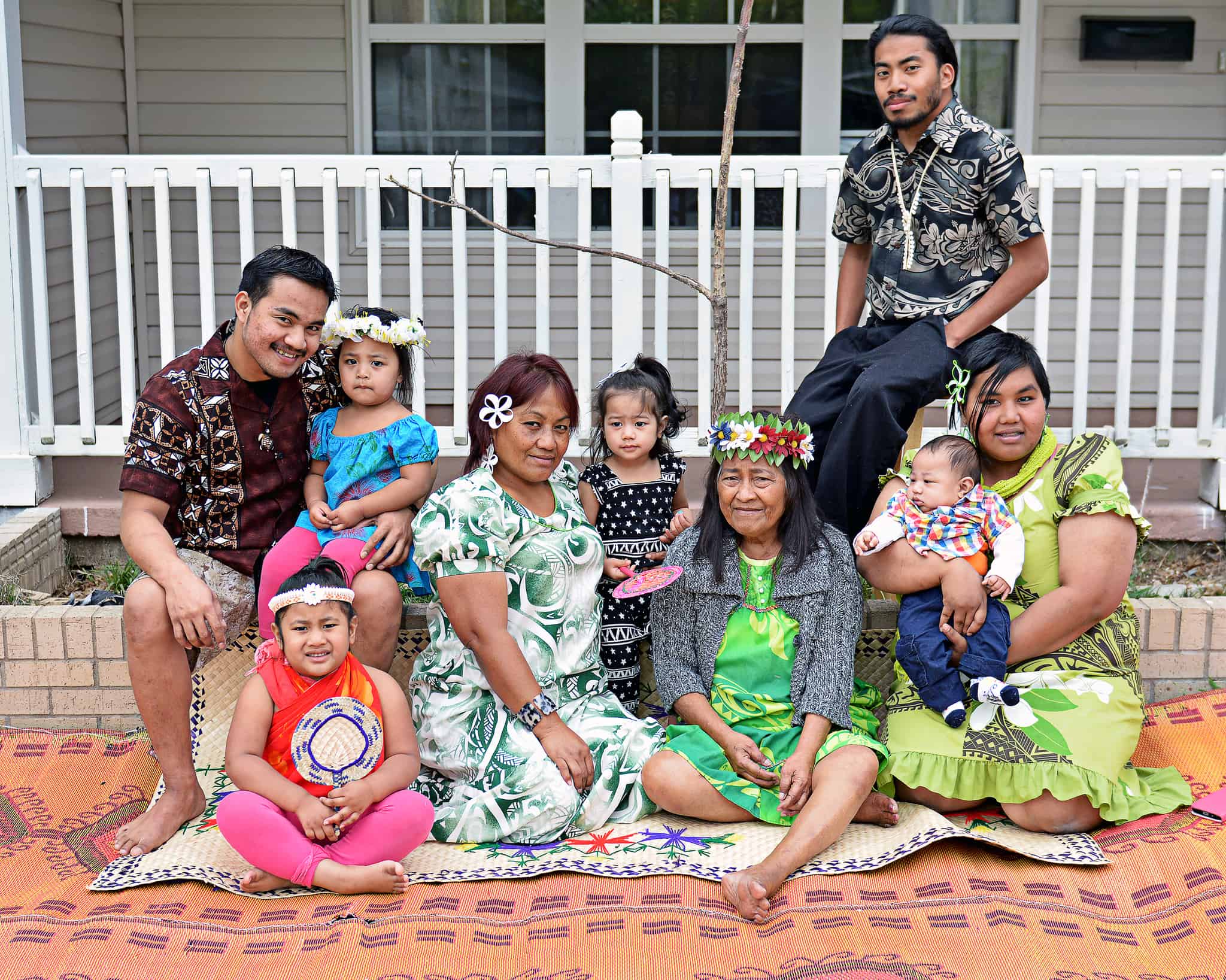UAMS Uses Culturally Unique Methods to Improve Diabetes Management
| FAYETTEVILLE – Researchers at the University of Arkansas for Medical Sciences (UAMS) have demonstrated that a culturally adapted family model of diabetes self-management is an effective approach for Marshallese community members in Northwest Arkansas to manage diabetes.
A recently published study by researchers at the UAMS Northwest Regional Campus showed that by using cultural concepts familiar to Marshallese people with diabetes, researchers recorded significant improvements in their levels of blood sugar.
Multiple studies have found diabetes self-management education (DSME) to be generally effective at improving patients’ diabetes-related health outcomes. However, previous DSME interventions with Marshallese community members have been unsuccessful.
The researchers hypothesized that emphasizing family and community as a part of diabetes self-management would be more effective with members of the Marshallese population, who come from a Pacific Islander culture that emphasizes the importance of family and community in day-to-day life.
To test this hypothesis, the researchers recruited 221 Marshallese people with diabetes and compared a standard DSME with a culturally adapted DSME. Changes to the curriculum included presenting the material in Marshallese rather than using an interpreter; using culturally appropriate nature analogies, such as tidal changes, to explain changes in glucose concentrations; integrating culturally relevant food preferences, such as fish and fruit; and emphasizing engagement of participants’ family members.
As a result, participants in the adapted DSME group showed significantly greater reductions (-0.77% units) in mean glycated hemoglobin 12 months after the intervention compared with those in the standard DSME group. Glycated hemoglobin tests reflect a person’s average blood sugar level over the past two to three months. Specifically, these tests show the percentage of hemoglobin – a protein in red blood cells that carries oxygen throughout the body – that is coated with sugar (glycated). The higher your HbA1c level, the poorer your blood sugar control and the higher your risk of diabetes complications.
“This study adds to the body of research that shows the effectiveness of including participants’ family and community members as part of a diabetes self-management plan,” said Pearl McElfish, Ph.D., vice chancellor of the UAMS Northwest Regional Campus and co-director of the Center for Pacific Islander Health at UAMS. “This study also fills several important gaps in the literature. Pacific Islanders are a rapidly growing population that experiences significant health disparities, but they have been underrepresented in research. We plan to change that.”
Health care providers have worked for years to help control the extremely high rates of type 2 diabetes found in the Marshallese population. Estimates of type 2 diabetes among Marshallese adults range from 20%-40%, compared with 12% among the U.S. adult population and 9% among the worldwide adult population. In Northwest Arkansas, type 2 diabetes among Marshallese adults is at 38.4% and prediabetes is at 32.6%. Arkansas has the largest population of Marshallese in the continental U.S. (10,000 residents as of 2016).
“These research results are likely to have positive clinical implications for diabetes self-management, including reduced risks of heart attack, microvascular complications and death from diabetes,” said Peter O. Kohler, M.D., former vice chancellor for the UAMS Northwest Regional Campus and a distinguished professor in the UAMS College of Medicine’s Department of Internal Medicine. “We are excited about the promising implications this study has for patient decision-making and clinical practice.”
The study was conducted from May 2015 to May 2018 in Washington and Benton Counties in Northwest Arkansas. Both DSME interventions covered eight core topics: healthy eating, being active, glucose monitoring, understanding blood glucose and taking medications, problem solving, reducing risks and healthy coping, mitigating complications of diabetes, and goal setting.
“Marshallese culture centers around family and community,” said Sheldon Riklon, M.D., an associate professor in the UAMS College of Medicine’s Department of Family and Preventive Medicine and one of only two Marshallese physicians in the world who were trained at a U.S.-accredited program. “So it is extremely important to engage the entire family and community in behavioral changes. The family approach is particularly important for the family-centered, collectivist nature of the Pacific Islander culture.”
An online copy of the study can be found here: http://care.diabetesjournals.org/content/diacare/early/2019/03/04/dc18-1985.full.pdf.
Financial support for the study was provided by the Patient-Centered Outcomes Research Institute (grant no. AD-1310-07159). Initial funding for a pilot project of the study was provided by a University of Arkansas for Medical Sciences College of Medicine Intramural Sturgis Grant for Diabetes Research from the Sturgis Foundation. Additional support for the community-based participatory research team was provided by the Translational Research Institute grant 1U54TR001629-01A1 through the National Center for Advancing Translational Sciences of the National Institutes of Health (NIH). The content is solely the responsibility of the authors and does not necessarily represent the official views of the NIH.
UAMS is the state’s only health sciences university, with colleges of Medicine, Nursing, Pharmacy, Health Professions and Public Health; a graduate school; a hospital; a main campus in Little Rock; a Northwest Arkansas regional campus in Fayetteville; a statewide network of regional campuses; and eight institutes: the Winthrop P. Rockefeller Cancer Institute, Jackson T. Stephens Spine & Neurosciences Institute, Harvey & Bernice Jones Eye Institute, Psychiatric Research Institute, Donald W. Reynolds Institute on Aging, Translational Research Institute, Institute for Digital Health & Innovation and the Institute for Community Health Innovation. UAMS includes UAMS Health, a statewide health system that encompasses all of UAMS’ clinical enterprise. UAMS is the only adult Level 1 trauma center in the state. UAMS has 3,275 students, 890 medical residents and fellows, and five dental residents. It is the state’s largest public employer with more than 12,000 employees, including 1,200 physicians who provide care to patients at UAMS, its regional campuses, Arkansas Children’s, the VA Medical Center and Baptist Health. Visit www.uams.edu or uamshealth.com. Find us on Facebook, X (formerly Twitter), YouTube or Instagram.###
